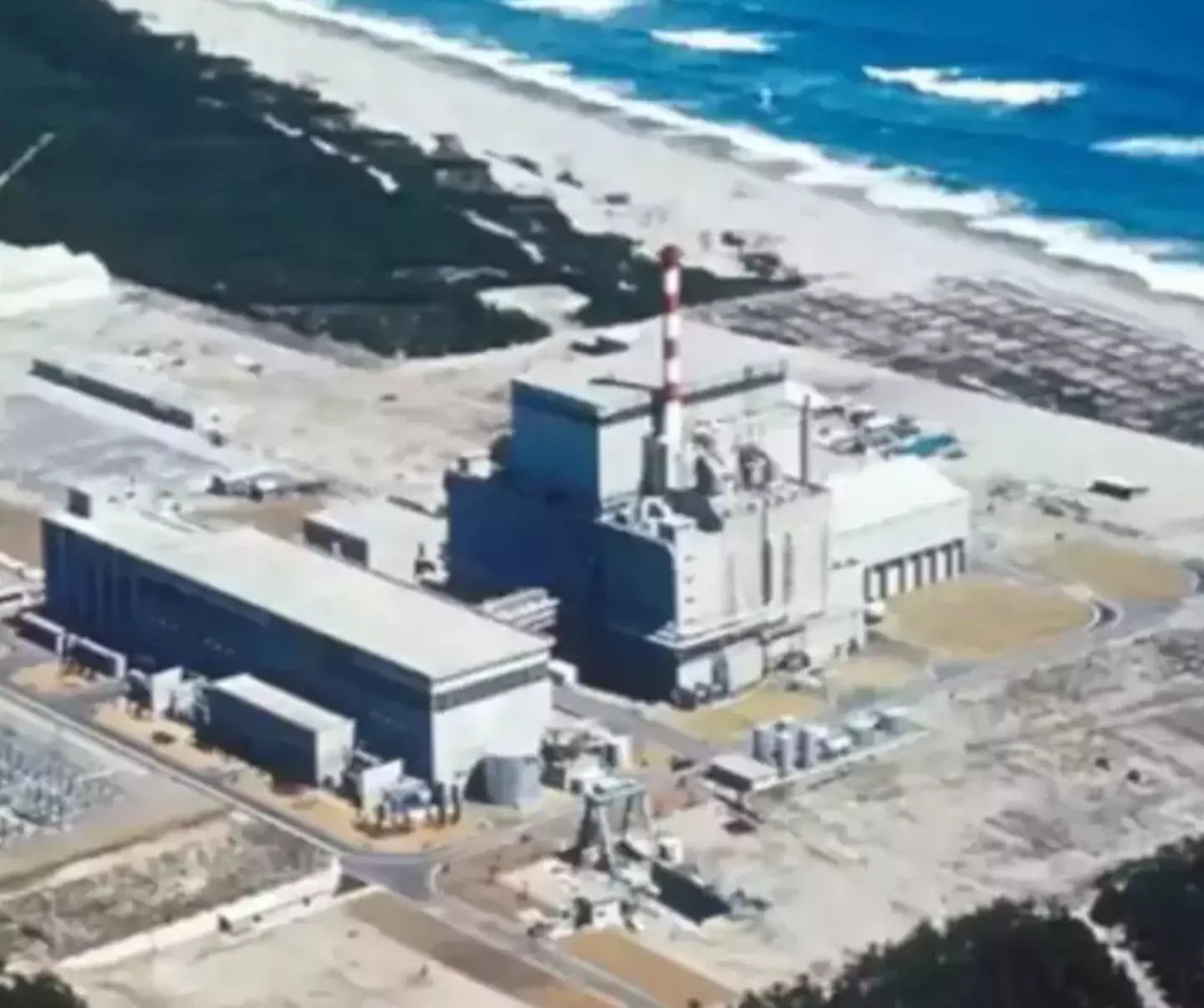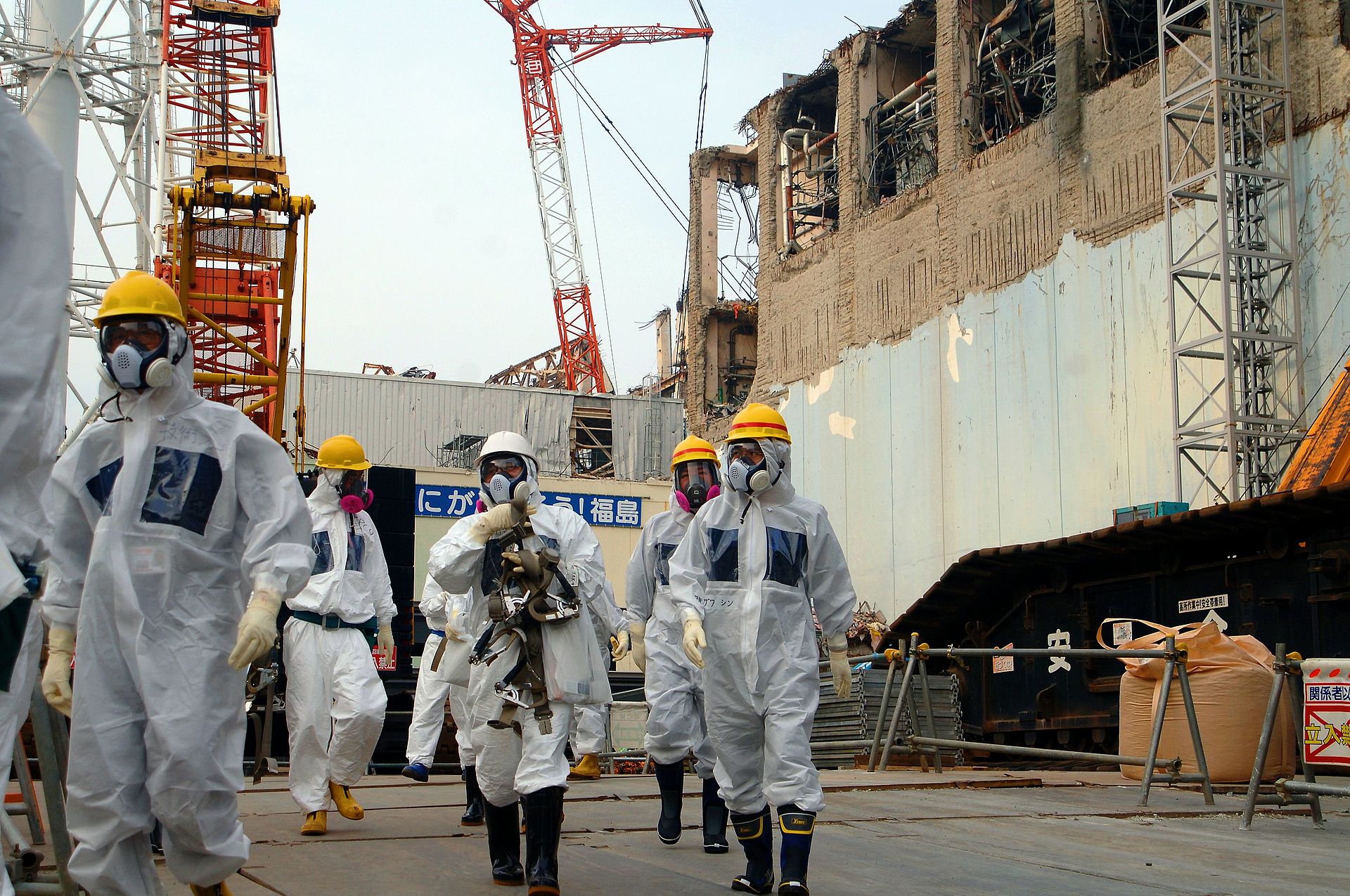On September 30, 1999, the Tokaimura nuclear disaster became one of the worst nuclear accidents in Japan's history. Imagine this - workers in a small uranium processing plant were cutting corners, mixing uranium in buckets instead of using proper equipment. This human error led to a catastrophic chain reaction, releasing lethal levels of radiation into the surrounding area. The Tokaimura incident isn't just a story of technical failure - it's a cautionary tale about the dangers of ignoring safety protocols in nuclear operations.
When we talk about nuclear energy, most people think of Chernobyl or Fukushima. But the Tokaimura disaster shows us that even smaller facilities can cause massive problems if safety measures aren't followed. This accident wasn't just about the immediate danger - it affected Japan's entire nuclear industry and changed how the world viewed nuclear safety standards.
So why does this matter today? Well, as countries around the globe continue to rely on nuclear power, understanding what went wrong in Tokaimura is more important than ever. This article dives deep into the causes, consequences, and lessons learned from this tragic event. Let's explore how a simple mistake turned into a national crisis, and what we can do to prevent similar disasters in the future.
- Unveiling The Enchanting World Of Marjorie Harvey A Riveting Biography
- Kim Scott Eminems Exwife The Untold Story You Need To Read
What Exactly Happened in Tokaimura?
Picture this - a small uranium reprocessing plant in the town of Tokaimura, about 120 kilometers northeast of Tokyo. The workers were mixing uranium oxide with nitric acid in stainless steel buckets, instead of using the proper automated equipment. Now here's the kicker - they were using way more uranium than the plant's safety limits allowed. When the mixture reached a critical mass, it triggered an uncontrolled nuclear chain reaction.
Breaking Down the Criticality Incident
- The reaction lasted for 20 hours, releasing massive amounts of radiation
- Over 600 people were exposed to elevated radiation levels
- Two workers died from acute radiation sickness
- A third worker barely survived after receiving extensive medical treatment
Now, the scary part is how this happened. The workers were basically winging it - no proper training, no safety protocols, just mixing stuff in buckets like they were making soup. When the reaction started, they had no idea what was happening. It was like a science experiment gone horribly wrong, but with real-life consequences.
Why Did This Accident Occur?
Let's be real - this wasn't just a simple mistake. The root causes of the Tokaimura disaster go much deeper. JCO, the company operating the plant, had a culture of cutting corners to save money. Workers were under pressure to meet deadlines, even if it meant ignoring safety procedures. The Japanese nuclear regulatory system at the time was way too lenient, with almost no oversight or enforcement.
- Meet The Children Of Prince William A Royal Journey Into Their Lives
- Lyn May Familia The Iconic Queen Of Mexican Showbiz
Key Factors That Contributed to the Disaster
Here's the breakdown:
- Poor worker training - employees didn't understand basic nuclear physics
- Inadequate safety culture - management prioritized profits over safety
- Outdated equipment - the plant was using methods from the 1950s
- Weak regulatory oversight - inspectors rarely visited the facility
Think about it - if one of the world's most technologically advanced countries can have such a massive failure, what does that say about nuclear safety elsewhere? This wasn't just about one bad apple - it was a systemic failure that exposed serious flaws in Japan's nuclear industry.
Impact on Local Communities
When the accident happened, over 160,000 people living near the plant were put at risk. Emergency responders had to evacuate nearby residents and set up radiation monitoring stations. The radiation levels were so high that even emergency workers had to wear full protective gear. Imagine being told to leave your home because there's lethal radiation floating around - that's what thousands of people faced that day.
Long-Term Effects on Tokaimura
- The town's economy suffered severely - businesses closed, tourism dropped
- Residents faced long-term health risks from radiation exposure
- Property values plummeted as people moved away from the area
Even today, Tokaimura carries the stigma of being a nuclear disaster site. The psychological impact on residents was massive - people were afraid to stay, afraid to eat local produce, and afraid for their health. It's not just about the immediate effects - the long-term consequences are what really hit home.
Global Reaction and Lessons Learned
The international response was swift and severe. Nuclear safety organizations around the world condemned JCO's practices and called for stricter regulations. Japan's government had to completely overhaul its nuclear safety framework, implementing much tougher standards and creating a new regulatory agency.
Key Changes Made After Tokaimura
- Establishment of the Nuclear Safety Commission
- Stricter training requirements for nuclear workers
- Improved safety protocols and equipment standards
- Enhanced international cooperation on nuclear safety
But here's the thing - did it really change anything? While Japan improved its regulations, other countries still struggle with similar issues. The Tokaimura disaster proved that nuclear safety isn't just about technology - it's about culture, training, and accountability.
Comparing Tokaimura to Other Nuclear Accidents
When we compare Tokaimura to bigger disasters like Chernobyl or Fukushima, it might seem less severe. But the root causes are eerily similar - human error, poor safety culture, and inadequate regulation. The difference is scale - Tokaimura was a smaller facility, so the impact was more localized. However, the lessons are universal - nuclear safety requires constant vigilance and adherence to proper procedures.
What Makes Tokaimura Unique?
- It was caused entirely by human error, not natural disaster or equipment failure
- The accident happened in a supposedly low-risk facility
- It exposed vulnerabilities in Japan's entire nuclear regulatory system
This comparison shows us that size doesn't matter when it comes to nuclear safety. Even small facilities can cause massive problems if basic safety protocols are ignored. The Tokaimura disaster proved that nuclear accidents aren't just about big reactors - they can happen anywhere, anytime.
Economic Consequences
JCO, the company responsible for the accident, went bankrupt within months. The Japanese government had to spend billions on cleanup and compensation efforts. Local businesses suffered massive losses as people avoided the area. The entire nuclear industry faced increased scrutiny and higher costs due to stricter regulations.
Financial Impact Breakdown
- Estimated cleanup costs: $900 million
- Compensation payments to affected residents: $150 million
- Loss of business revenue in Tokaimura: $50 million annually
These numbers don't even capture the full economic impact. The reputational damage to Japan's nuclear industry was incalculable. Investors became more cautious, and public trust in nuclear power plummeted. It's a stark reminder that nuclear accidents have far-reaching economic consequences that can last for decades.
Technological and Safety Improvements
After Tokaimura, Japan implemented several key technological upgrades. Facilities were required to install automated systems for handling nuclear materials, eliminating the need for manual processes. Workers had to undergo extensive training programs, and safety protocols were standardized across all nuclear sites.
Major Technological Changes
- Installation of advanced radiation monitoring systems
- Development of new containment technologies
- Implementation of remote handling equipment
These improvements weren't just about technology - they were about creating a culture of safety. Workers now undergo regular drills and simulations, and safety inspections have become much more rigorous. The focus shifted from production efficiency to operational safety, which was a massive change in mindset for the industry.
Public Perception and Policy Changes
Public opinion about nuclear power in Japan changed dramatically after Tokaimura. Citizens demanded greater transparency and accountability from nuclear operators. The government had to implement new policies to restore public trust, including regular public consultations and more open communication about nuclear operations.
Key Policy Changes
- Creation of the Nuclear Regulation Authority
- Mandatory public disclosure of safety inspections
- Increased public participation in decision-making processes
This shift in public perception forced the nuclear industry to become more transparent and accountable. It wasn't just about following regulations - companies had to prove to the public that they were taking safety seriously. This change in approach has had lasting effects on how nuclear facilities operate worldwide.
Looking Forward: Preventing Future Disasters
So what have we learned from Tokaimura? First and foremost, nuclear safety isn't optional - it's essential. Cutting corners might save money in the short term, but the potential costs of an accident are astronomical. Companies must prioritize safety over profits, and regulators need to enforce strict standards without exception.
Key Lessons for the Future
- Never compromise on safety protocols, no matter how small the facility
- Invest in proper training and equipment, even if it's expensive
- Establish robust regulatory frameworks with real enforcement power
As countries continue to develop nuclear power, the lessons from Tokaimura remain relevant. This wasn't just a Japanese problem - it was a wake-up call for the entire nuclear industry. By understanding what went wrong and how to prevent similar incidents, we can make nuclear energy safer for everyone.
Conclusion
When we look back at the Tokaimura nuclear disaster, it's easy to see it as just another nuclear accident. But the truth is, this incident exposed fundamental flaws in how we approach nuclear safety. It wasn't just about one plant or one company - it was about an entire industry culture that needed to change.
So what can you do? First, educate yourself about nuclear safety and understand the risks involved. Second, support policies that prioritize safety over profits. Finally, hold companies and regulators accountable for maintaining the highest safety standards. Together, we can ensure that tragedies like Tokaimura never happen again.
Don't just read this and move on - share this article with others, start conversations about nuclear safety, and demand better from our energy providers. Because at the end of the day, it's all about protecting our communities and ensuring a safer future for everyone.
Table of Contents:
- Tokaimura Nuclear Disaster: The Day Japan's Nuclear Industry Faced Its Darkest Hour
- What Exactly Happened in Tokaimura?
- Breaking Down the Criticality Incident
- Why Did This Accident Occur?
- Impact on Local Communities
- Global Reaction and Lessons Learned
- Comparing Tokaimura to Other Nuclear Accidents
- Economic Consequences
- Technological and Safety Improvements
- Public Perception and Policy Changes
- Looking Forward: Preventing Future Disasters
- Conclusion
Sources:
- International Atomic Energy Agency (IAEA) report on Tokaimura accident
- Japanese Nuclear Regulation Authority publications
- World Nuclear Association data on nuclear safety
- United Nations Scientific Committee on the Effects of Atomic Radiation (UNSCEAR) studies
- Uber Eats Or Uber Which Service Reigns Supreme
- Where Big Meech From Unveiling The Origins Of A Hiphop Icon


